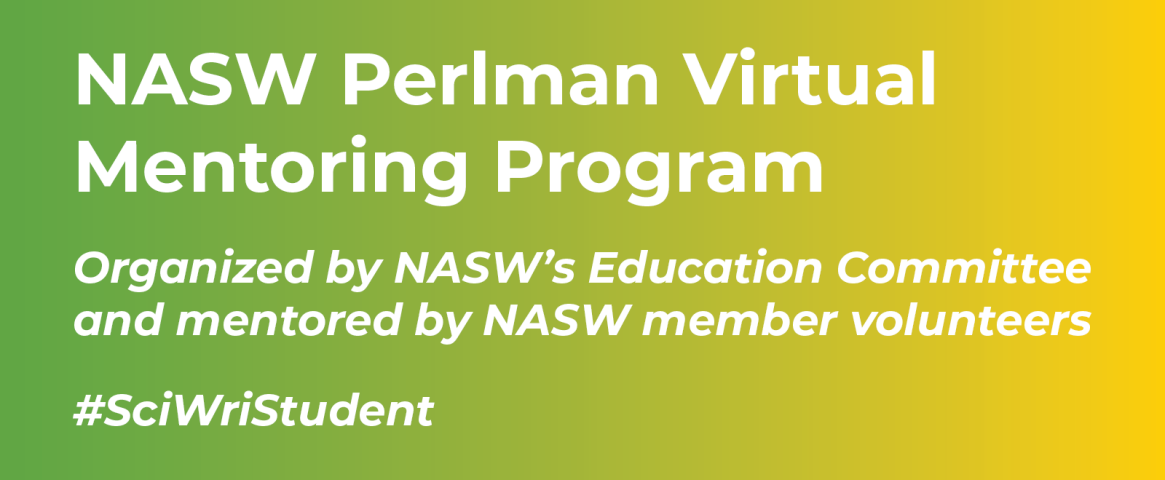This student story was published as part of the 2023 NASW Perlman Virtual Mentoring Program organized by the NASW Education Committee, providing science journalism practice and experience for undergraduate and graduate students.
Story by Jordyn Pykon
Mentored and edited by Maddie Bender
A New Yorker saunters the streets on a sweltering summer day. The sun is shining, the pavement is sizzling, and the air is thick with humidity. Beads of sweat trickle down their face as their phone pings with an air quality alert.
The New Yorker sighs with relief. Now they have an excuse to work from home with an AC and an air purifier.
Another New Yorker reads the same alert while reaching for their asthma inhaler. They could already sense the air was worse than usual; their chest felt tight, as they were gasping for air.
To avoid an asthma attack, the New Yorker returns home. But they don’t have an AC or an air purifier. The air inside feels the same, because it is.
For those who don’t have AC, extreme heat isn’t just uncomfortable; it’s life-threatening. As the temperatures continue to rise and wildfire-related pollution becomes more rampant, those without air conditioning won’t just be sweating—they will be disproportionately battling the health consequences of breathing in dirty, hot air.
The distinct divide between New Yorkers is no more apparent than in “Asthma Alley,” the southwestern Bronx neighborhood of Mott Haven. Residential segregation has led to Mott Haven residents requiring asthma hospitalizations at five times the United States average, and children ages five to 14 experiencing the highest asthma hospitalization rate in New York City.
Victoria Sanders, research analyst for the NYC Environmental Justice Alliance, said that because the baseline air quality in Mott Haven tends to be worse than in other parts of the city, there is concern that wildfire smoke could intensify the already polluted air. She added that during wildfire smoke incidents, individuals with asthma living in Mott Haven are at a greater risk of needing to visit the emergency room.
Wildfire smoke consists of a diverse range of components, like PM2.5, nitrates, sulfates, heavy metals, and it generates ground-level ozone. Even in the absence of fires, extreme temperatures lead to ozone forming more rapidly, and when inhaled, it can cause severe lung irritation and precipitate an asthma attack.
“It’s like getting a sunburn on your lungs,” said Dr. Kim Knowlton, senior scientist with the Natural Resources Defense Council’s Science Office and Assistant Professor at the Mailman School of Public Health.
While the New York State Department of Health suggests that going indoors, turning on an AC with a HEPA filter and using an air purifier can help filter out dangerous particulates indoors, such guidance is of little help to the 15.7% of Mott Haven residents that lack AC. Outdoor air can also infiltrate residences through large and small openings, making it difficult to prevent outside air from coming into a home.
And not all ACs work equally when it comes to filtering out poor quality. AC units and air purifiers that contain a high efficiency particulate (HEPA) filter are able to catch 99.7% of small particles, like PM 2.5 that exist in wildfire smoke. ACs possessing a Minimum Efficiency Reporting Value (MERV) of 13 or higher also succeed in filtering out air pollutants.
The health effects of consistently breathing in polluted air have major consequences, especially for children. South Bronx Unite co-founder Mychal Johnson said students in Mott Haven have a 30% absenteeism rate due to high occurrences of asthma hospitalizations and emergency room visits.
“When you miss school days, you set back your occupation and educational outcomes,”Johnson said. “If we're going to be dealing with more climate situations, I think we should be looking at how we are better equipping our schools to allow for the filtration of air.”
Putting HEPA filters in schools and homes could help improve indoor air quality, but it may not be cheap. Consumer Analysis recommends spending at least $100 on a HEPA air purifier.
Alternatively, individuals can DIY their own air filter for $40. During a monthly Healthy Homes Working Group, members of WE ACT for Environmental Justice said that air filters can be made by attaching a 20x20 inch MERV 13 air filter on a 20x20 box fan with duct tape.
But it’s important to remember that there is no filter that can remove all pollutants from the indoor air. Sanders said that prevention strategies are essential to support communities affected by air pollution.
“I think what we need to do is start investing before the emergency happens,” she said. “Usually the cost of cleaning up the mess is way more than it would have been to prevent it in the first place.”
Jordyn Pykon (she/her) is an MPH student at the Columbia University Mailman School of Public Health in the Environmental Health Sciences Department. She recently graduated from Lehigh University with a Bachelor's Degree in Science Journalism. She is passionate about working at the intersection of science and stories, with a particular focus on health and climate.
The NASW Perlman Virtual Mentoring program is named for longtime science writer and past NASW President David Perlman. Dave, who died in 2020 at the age of 101 only three years after his retirement from the San Francisco Chronicle, was a mentor to countless members of the science writing community and always made time for kind and supportive words, especially for early career writers. Contact NASW Education Committee Co-Chairs Czerne Reid and Ashley Yeager and Perlman Program Coordinator Courtney Gorman at mentor@nasw.org. Thank you to the many NASW member volunteers who spearhead our #SciWriStudent programming year after year.
Founded in 1934 with a mission to fight for the free flow of science news, NASW is an organization of ~ 2,600 professional journalists, authors, editors, producers, public information officers, students and people who write and produce material intended to inform the public about science, health, engineering, and technology. To learn more, visit www.nasw.org




